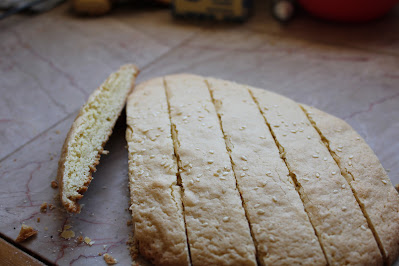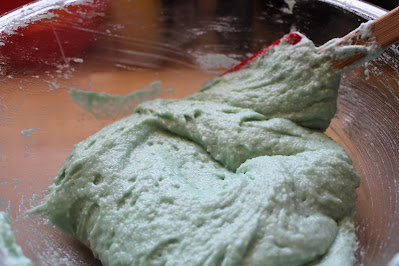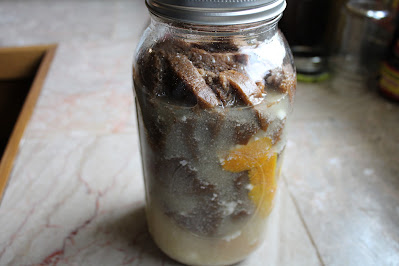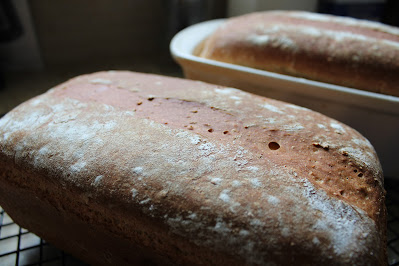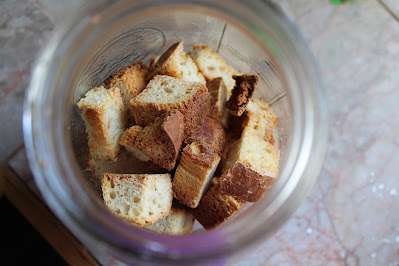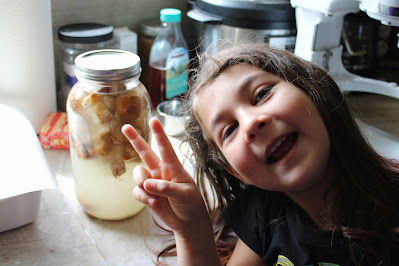In my last blog post, I talked about how I don’t want to be a backseat driver with God’s plans in my life. Ready for another driving-related analogy?
I also don’t want to sit through any green lights.
 |
| I sit waiting for sixth-graders on a field trip. How does driving a bus full of rowdy children fit into God's plan? |
Okay, there’s absolutely a backstory to that. Nearly a year
ago—or maybe it’s been a whole year—I approached our church’s interim pastor, “Doc,”
with an idea. I wanted a new Bible study, I told him. I was hungry for Bible
study and needed accountability. I couldn’t make it to our church’s Tuesday evening
study because of ongoing commitments, and I didn’t feel it was welcoming toward
younger women anyway. I wanted to start a Bible study that was open to any of
the women of the church, but that would specifically draw moms and younger
women.
That was a great idea, he told me. Go ahead and do it.
It wasn’t completely unexpected. When someone comes up with a
new idea, a good leader will tell them to run with it. So I did. I researched
and decided on Priscilla Shirer’s study, Gideon: Your Weakness. God’s Strength.
I even went out and purchased the DVD and leader’s guide with my own money,
because I did not want that Bible study to fall by the wayside. It had
to happen.
But of course, it did. Fall by the wayside, I mean. First a
scheduling conflict, then the holidays. Then more scheduling problems, then
spring, followed by summer. I knew there was no way I could get a new Bible
study up and going over the summer.
Then it was fall. Soccer. Drama club. Two new jobs. The
Bible study was on the back burner, but I checked in with the church administrator
occasionally to make sure it didn’t slide off the stove completely. She checked
with me on scheduling. More recently, divisiveness and factions have reared
their ugly heads. That only made me more convinced that this study needed to go
forward. Finally, a date was set.
Today. It’s today. When the date was set, it felt like
plenty of time. That was before our lives were turned completely upside down.
This week, I’m coming off six straight days of work, four of them 12-hour days.
I’ve attended two play performances to support my daughter and her friend. I’m
exhausted. I’m distracted by the work I have to do over the weekend. That’s why
I didn’t sit down to refresh myself on the first lesson of this study until
this morning.
Such a good study. I’d recommend it (obviously). It hit me
like a ton of bricks, though, when Shirer talked about a time she’d been so
busy taking care of chaos in the back seat that she’s sat all the way through a
green light. (As a mom, I related to that. As a bus driver…well, I’ve certainly
blocked some traffic.) It was an illustration of how we get so caught up in our
own lives that we miss the big green lights God sets in front of us. Like when
we get so caught up in lost jobs and new jobs and daily routines and
postponements, and we miss the opportunities that God is showing us—sometimes with
big, flashing, neon signs.
She also mentioned her friend, Christine. I knew from the
reference that she meant Christine Cain. I suddenly remembered that I had
bought a book by Christine Cain weeks, maybe months, ago, and that it was still
sitting on the shelf wrapped in cellophane. With the renewed energy and
determination to dig deeper in my faith that the video had inspired, I pulled
it off the shelf and dove into the forward of the book, Unexpected.
I can’t quote the whole forward here, both for space and
legal reasons, but a few quotes jumped off the page.
“When God gave Abraham such an outlandish and unexpected promise, he simply believed God’s promise—he risked hope against all rational hope. He didn’t deny the facts of his circumstances, but he refused to believe they were the whole truth because they did not account for God’s promise” (page 13).
I almost dropped the book. Abraham answered God’s unexpected
call because he recognized it as a green light. How many times do the
green lights in our lives appear as unexpected circumstances? How many times
are those circumstances unwelcome, uncomfortable, or outlandish?
I can’t pretend to know God’s plans for my future, for my
family’s future. I don't know how bus driving and news reporting and dealing with rowdy children—and sometimes childish adults—plays into it. I’m only beginning to understand the unexpected green lights
He’s giving me as I interact with people and circumstances I’ve never
experienced before. I am, however, beginning to see how God is using the
unexpected in our lives to grow us and prepare us to go full speed ahead.
“And, in our humanness, we will try to control everything—including God. Yet, we serve a God who refuses to be controlled by us. That’s because part of the mystery and the adventure of following Jesus is to trust him no matter what is going on around us. To keep our hearts completely open to him, so that when the unexpected happens, he can use it for our good. To free him to use the unexpected, a necessary catalyst, to grow us, sanctify us, and help us to see life with a whole new perspective, because nothing grows without disruption and interruption—without the unexpected” (Christine Cain, Unexpected, pg. 33).
“And we know that in all things God works for the good of those who love him, who have been called according to his purpose” (Rom. 8:28, NIV).

















